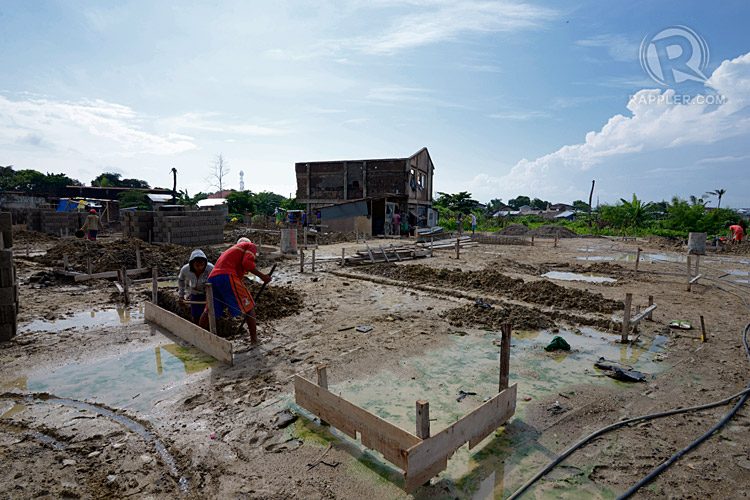SUMMARY
This is AI generated summarization, which may have errors. For context, always refer to the full article.

MANILA, Philippines – As deaths continue to rise among the internally displaced in Zamboanga a year after rebels laid siege to the city, Malacañang defended government’s efforts, saying there is no undue delay in the city’s rehabilitation.
Government aims to finish permanent housing by December of this year, Communications Secretary Herminio Coloma Jr said on Tuesday, September 9. He said the administration is doing everything it can to rehabilitate the victims. (READ: Zamboanga City: Ground Zero a year after)
“According to [National Housing Authority] General Manager Chito Cruz, their building of permanent housing is on schedule. But because of the sheer number of families that have to be transferred to permanent housing, it was not possible within one year to complete it,” he said.
“So there is no undue delay that’s being referred to. We are doing all we need to in order to move affected families from temporary to permanent housing.”
Coloma also clarified that the funding for the city’s rehabilitation is complete.
“The funds are available and have been released, especially for permanent housing so there really is no delay in the release of funds, especially for the permanent housing since this is an urgent need. There are just some projects that have yet to be funded, release that have not yet been fixed like for the rehabilitation of the sports complex,” he said.
A few days earlier, Zamboanga City Mayor Isabelle “Beng” Climaco admitted the number in deaths among internally displaced people (IDP) has risen since the conflict. A separate United Nations report said IDP deaths have gone up to 158 in August, from 147 in July.
Coloma said the local and national government continue to coordinate with each other to ensure care for victims. He also said the Department of Social Welfare and Development (DSWD) is working with private humanitarian agencies like the Red Cross to “maintain the quality of health of the children there.”
“There are just challenges because aside from being displaced, they are hit by rains, monsoon rains, that’s why there are flooding situations,” Coloma said.
On September 9, 2013, a group of Moro National Liberation Front (MNLF) rebels marched into the city, catalyzing an urban battle that killed 38 civilians and security personnel and at least 153 rebels from the MNLF.
Zamboanga City lists almost 10,000 homes burned down from the siege, with 22,196 families – 122,226 individuals – displaced by the conflict. – Rappler.com
Add a comment
How does this make you feel?
There are no comments yet. Add your comment to start the conversation.